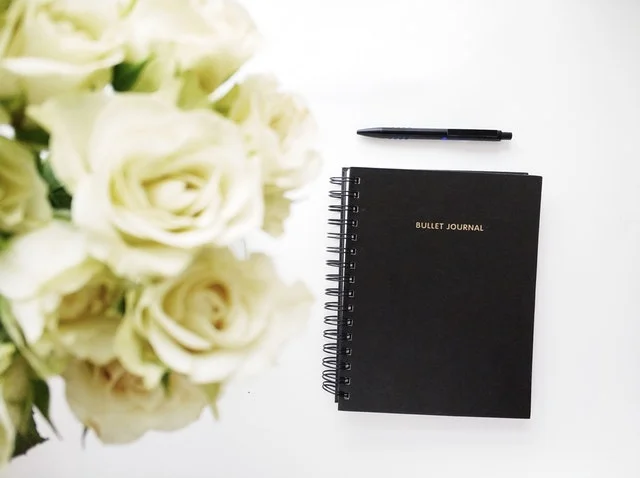Financial tools for managing freelance money
I’m a natural planner. I like to schedule my day. I have to meet deadlines for work. I’m always thinking ahead and trying to meet monthly and annual goals for myself. This is both a positive and negative trait to have as a freelancer. Positive, because it helps me to meet deadlines and pitch magazine stories. Negative, because my fluctuating finances keep me nervous.
It was easier, for the most part, to sketch out my finances when I had a part-time or full-time job, because I had a consistent income. Now, I have a couple of anchor clients, but my income still ebbs and flows.
To make managing my money a little easier, I rely on multiple digital tools. Here are a few that I’ve tried or that may work for you:
Mobile banking apps
This seems obvious, but I figured I’d mention it anyway. Most banks have their own mobile banking app where you can check your account balance for checking, savings and credit accounts. I frequently check my mobile banking app to see when clients have paid me and to transfer my “salary” to myself or pay my credit account. You could also check out apps like SmartyPig or Digit to save your spare change to build up your emergency fund.
Investment apps
I’m a fan of Acorns, but there are other apps like Robinhood and Stash. I was so happy when Acorns released their retirement savings feature on the app, which allows users to set up IRAs. Freelancers often don’t save enough for their retirement accounts, and we don’t get the employer contributions that staffers do. So, the sooner you start saving, the better. Either way, having an app to invest a small amount of cash — either for an ETF or retirement — is an easy way to build a nest egg.
Time tracking apps
Sure, I could bust out a spreadsheet and update it, but the Toggl app makes time tracking so much easier. Other freelancers might like Harvest or TopTracker, too. Toggl not only makes it easy to categorize clients and projects but also lets you export reports that you can send to clients. Keeping accurate records ensures you can accurately bill your hourly clients and analyze which activities generate more income per hour.
Accounting apps
Everybody knows I’m a big fan of Wave, but you can also try out Freshbooks or Quickbooks to manage your books. The thing I like about Wave was its invoicing and receipts apps. The invoicing app came in handy when I was working part-time and full-time, because it was easy to low-key send invoices to clients. If you’re the kind of person to lose receipts, the receipt app is good for making sure you don’t miss out on business expenses.
Budgeting apps
Some people are fine with a using a spreadsheet or working out expenses on a piece of paper. I’m the latter. For those looking for high tech options, you can try apps like Mint or You Need a Budget. bSolo is a new app for helping freelancers save for their quarterly taxes.
Contract and proposal apps
To get your business off the ground, you have to have your business arrangements in order. Freelancers can use programs like Proposify or Octiv to create cool proposals for prospective clients. Once you’ve closed the deal, you can use platforms like Bonsai and AND CO (both of which can also be used for other accounting purposes).
What apps do you use to manage your freelance finances? Tell me in the comments or email me at contact@thefreelancebeat.com.





